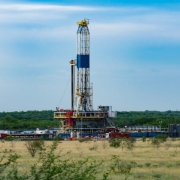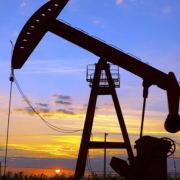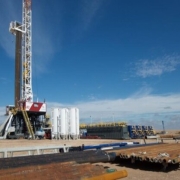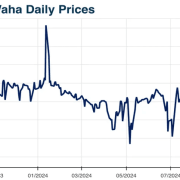Matador Resources Co., a prominent producer in the Permian Basin, has announced an upward revision in its oil production forecast for 2024, indicating robust growth in the western region of the nation’s most productive oil field. The Dallas-based company now anticipates an average output of 98,500 to 101,500 barrels of oil per day (bopd) next year, reflecting a 5% increase from earlier estimates, where the maximum projection was set at 96,500 bopd.
Throughout this year, Matador has consistently exceeded its production targets each quarter. The company is also witnessing stronger-than-expected production from its newly acquired assets from EnCap Investments LP, which were integrated into operations late in the third quarter.
During the earnings conference call held on Wednesday, executives from Matador Resources Company highlighted the impressive production performance achieved over the recent quarter. They attributed this success primarily to the effective integration of newly acquired assets, which has allowed the company to streamline operations and maximize output. Furthermore, the enhancement of drilling efficiencies has been a critical factor, as advanced techniques and technologies have enabled the team to optimize their drilling processes. Notably, the capability to conduct hydraulic fracturing on multiple wells simultaneously has significantly increased the pace of production, showcasing Matador’s commitment to leveraging innovative practices in a competitive market. This strategic approach not only positions the company favorably against its peers but also demonstrates its resilience in navigating the complexities of the energy sector.
The Global Oil Market
As the global oil market continues to closely monitor U.S. exploration activities, analysts are keenly observing potential indicators of peak growth within the shale production landscape. In this context, Jefferies Financial Group Inc. has revised its forecast for U.S. oil growth downward by 16%. This adjustment reflects a broader trend in the shale sector, where increased consolidation among producers and a focus on operational efficiencies are resulting in a dampening of overall exploration and drilling activity. As companies prioritize profitability and shareholder returns over aggressive expansion, the implications for the future of shale production become increasingly pronounced. The evolving dynamics of this market are likely to influence pricing, supply, and investor sentiment, making it essential for stakeholders to remain vigilant in assessing ongoing developments within the industry.
Click here to read the full article
Source: Oil & Gas 360
—
If you have any questions or thoughts about the topic related to Permian producer, feel free to contact us here or leave a comment below.










